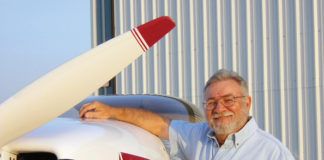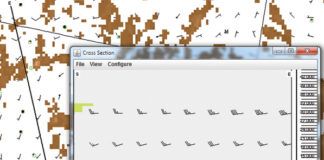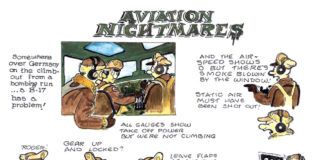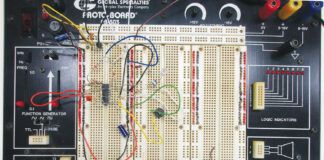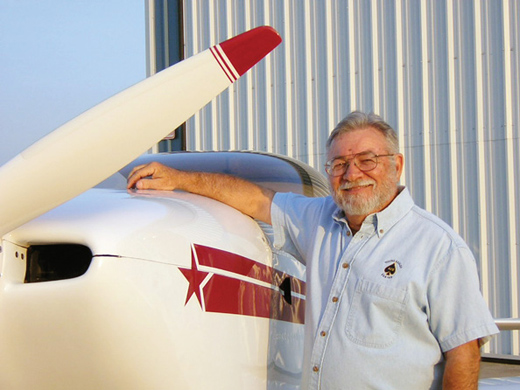
Question: I was told recently at an Inspection Authorization seminar that I must hire an A&P to sign off the ELT annual inspection per 91.207(d) for my Experimental/Amateur-Built aircraft.
Is this true? I was under the impression that the holder of the Repairman Certificate for the aircraft could do this.
Answer: I contacted the FAA people in Oklahoma City who conduct our DAR seminars, along with my local FSDO, for guidance on this matter. Both Oklahoma City and the local FSDO agree on who can perform this inspection. The following is their answer:
“There is no problem with the ‘inspection’ required by 91.207(d) being performed by the Repairman Certificate holder for the aircraft. Whoever performs the annual condition inspection should add the ELT inspection requirement to their inspection checklist and do that inspection.
But…if the inspection reveals a problem with the ELT installation, who can fix it? It is not the repairman (because the only thing the repairman can do is inspect). It could be any person if the problem is with the installation. If the problem is internal to the ELT, then it would have to be someone specifically approved to repair a TSO’d article. Other approved equipment is similar in that the builder (any person) may install it and inspect it, but not repair it or certify it.”
Question: I was at an airport speaking to a new Sport Pilot and A&P mechanic who he said he was going to fly into a SFRA [Special Flight Rules Area] with a friend’s Cessna 172. I told him that the 172 was beyond his certification as a Sport Pilot. He argued, but I dropped it because I did not have the knowledge to counter his position.
I went back and looked up the regulations that I thought might apply, and the section I found that might allow him to do that said that it might meet the requirement for training, but not everyday flights.
Oh, and he was going to pick up parts for his SUV to fix it. (Is that commercial use because he uses this vehicle to get to different airports to service airplanes, and this is his means of transportation?) Maybe if he writes off the mileage and the repairs.
The part I found was part 61.31 in the 2011 FAR/AIM, pages 51 and 52.
I have only 350 hours since I got my Sport Pilot license in May 2009, but I am working on more.
Answer: A Sport Pilot flying a C-172? Let’s see, let me count the reasons.
Sport Pilots can fly aircraft that meet the LSA definition, which includes:
• Maximum of two seats. Last time
I looked, the 172 had four.
• Maximum gross weight of 1320 pounds. I think that’s closer to the empty weight of the Skyhawk.
• Maximum full continuous power speed of 120 knots. Your acquaintance is probably OK there.
• Maximum clean stall speed of 45 knots. Not sure here. Probably close, but I suspect on the “wrong” side.
• To use this as a training flight, he would need at least a student-pilot certificate, medical and solo endorsement as a training flight for a recreational pilot certificate or higher.
Congratulations on 350 hours. Keep plugging away and learning.
Please send your questions for DAR Asberry to [email protected] with “Ask the DAR” in the subject line.
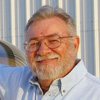
![]()
Mel Asberry is an experienced Designated Airworthiness Representative specializing in Experimental/Amateur-Built aircraft. He and his wife, Ann, have built seven amateur-built airplanes including two ultralight types, a Moni Motorglider, a Dragonfly Mk2, two RV-6s and a Zenair CH 601HDS. They are currently building a scratch-built biplane.







